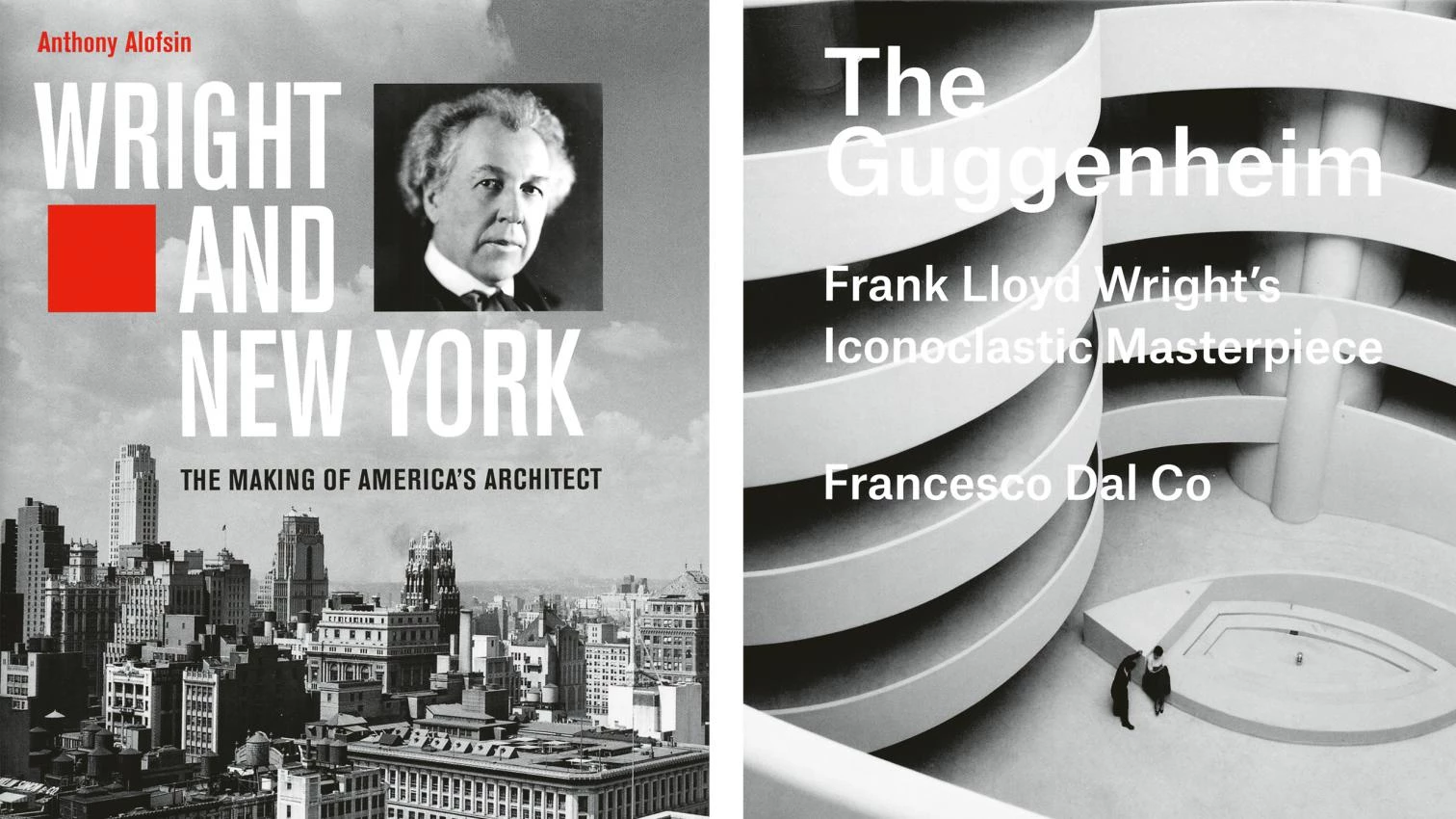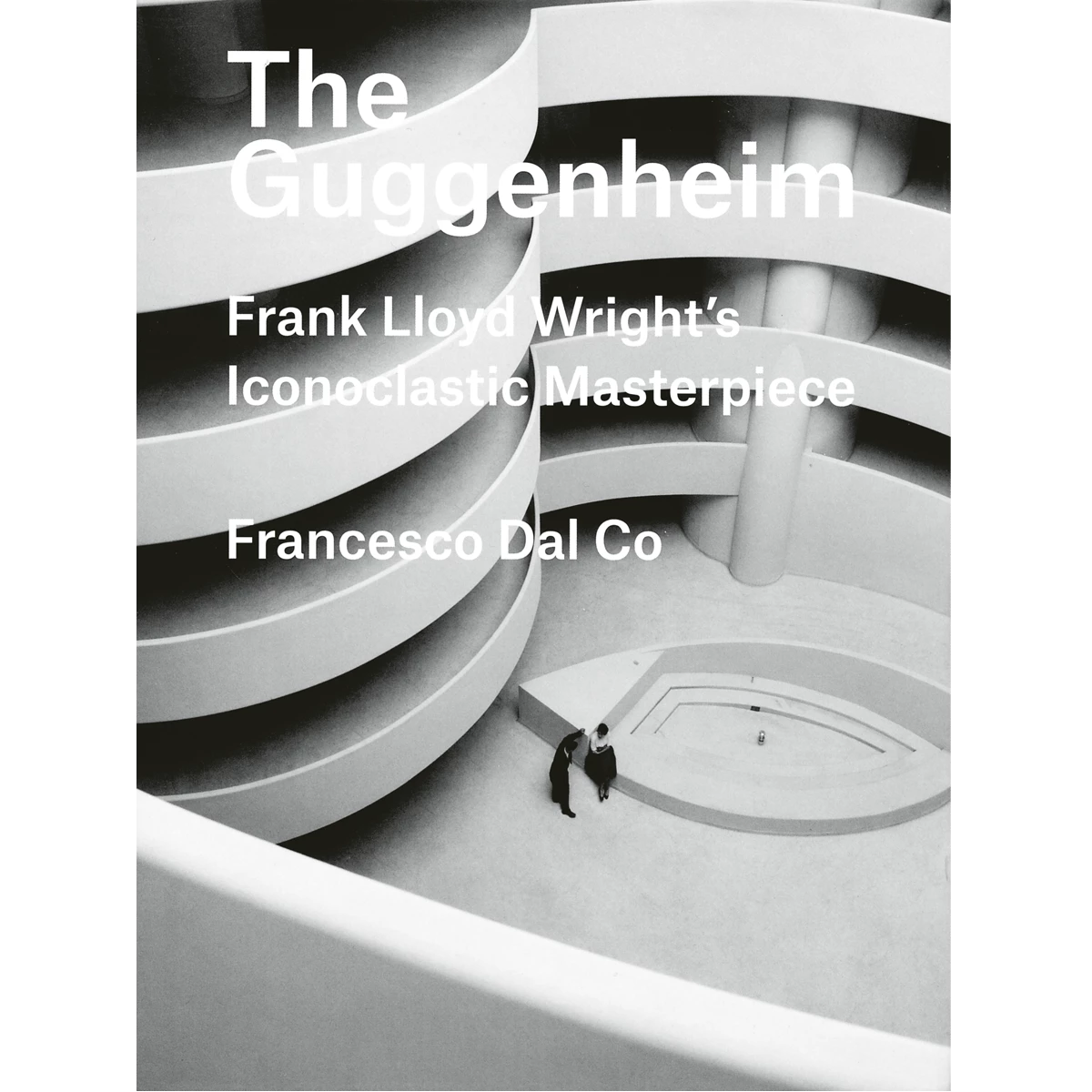
The Wright factory produces publications without pause, and most are dispensable. Not so the two Yale University Press books that explore the architect’s ambivalent relationship with New York City. Written by two excellent historians, they deal with the start and end of a link that covered half a century. Anthony Alofsin, a Wright scholar who previously wrote Frank Lloyd Wright: The Lost Years, 1910-1922: A Study of Influence (University of Chicago Press, 1993), evokes the master’s first documented visit to New York in 1909, but concentrates on the period 1925-1932, during which “the city turned him around, moving him from personal and professional crisis to set the stage for his final decades as the American champion of modern architecture,” all this through two projects that were never carried out, a vast cathedral and a new prototype for the skyscraper. Francesco Dal Co, in turn, recounts with rigor and conviction – updating the Italian version of 2004 – the protracted process of designing and building the Guggenheim Museum, Wright’s ‘iconoclastic masterpiece’ (as he had done in his monograph of the Centre Pompidou, published also by Yale and reviewed in Arquitectura Viva 193), from the commissioning in June 1943 to the opening in October 1959, six months after the architect’s death.
Although we associate Wright with the prairie and Chicago, New York played a key role in his life, as persuasively revealed by Herbert Muschamp (Man About Town: Frank Lloyd Wright in New York City, The MIT Press, 1983), who before becoming the influential and controversial architecture critic of The New York Times – a post he occupied from 1992 to 2003 – produced a brilliant, erudite account of the relationship between the genius who set up ‘Taliesin East’ in his Plaza Hotel suite and the city he loved to hate, where he left his most famous and visited work. Both Alofsin and Dal Co mention Muschamp’s first book in their highly useful, extensive appendices on sources and bibliography, in the first case praising his sharp interpretations and in the latter commending his observations on Wright’s brave efforts to engage the support of public opinion and among the city’s elite.
In Alofsin’s painstaking research appears a surprising figure, the Reverend William Norman Guthrie, an eccentric and visionary Scotsman who commissioned Wright to build the Modern Cathedral and an apartment tower on the grounds of his parish, St. Mark’s Church in-the-Bowery, and became for him more than a client: a friend, confidant, and spiritual guide. Perhaps less unexpectedly, in the masterful history written by Dal Co emerges under strong light Lewis Mumford, the sociologist, philosopher, and urbanist whom the Venetian professor pairs up with Wright, judging them the two intellectual protagonists of 20th-century American architecture. The complexity of the relationship between Mumford and Wright is reflected in books, articles, and correspondence, testimony of a long friendship which was played out mainly in New York. The city that Frank Lloyd Wright described as an ‘unlivable prison’ came to the architect’s rescue at various points of his life, each time stimulating his creative energy, and gave him the opportunity to build his most eloquent legacy facing Central Park.







